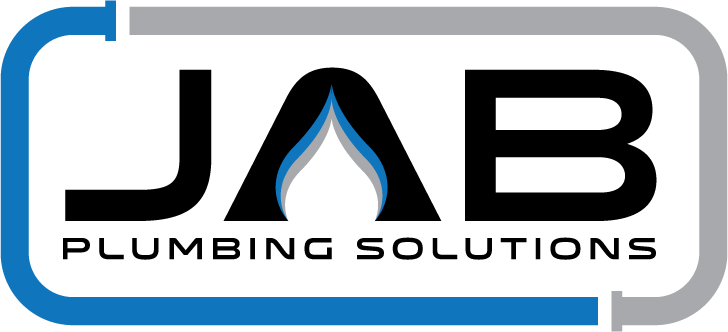What is sewage backup?
Sewer backups are probably the most unpleasant and stressful plumbing emergencies a Sydney homeowner can face. All of the drains and plumbing fixtures in your home are connected to the same sewer line, which is responsible for safely transporting wastewater away from your home to Sydney Water’s sewer mains. If your sewer line is obstructed or damaged and the wastewater can’t get through, waste can get pushed back up the line. Raw sewage can contaminate your drinking water and spill out of drains within the home including floor drains, the toilet and even sinks.
Why is sewage backup a problem?
While sewer backups can obviously cause damage to your home - including water damage and stained carpets - the bigger issue is the health risk it poses. Untreated sewage contains all kinds of bacteria, chemical and biological contaminants and is dangerous to anyone who comes into contact with it. If you accidentally consume water that’s contaminated with sewage or have an open wound that comes into contact with it, you can become extremely ill with diseases such as Salmonella, E. Coli, Giardia, Rotavirus, or Hepatitis A.
Common causes of sewage backup
1. Blockages and clogs
A sewer will backup when the line is blocked or obstructed and the wastewater is unable to move freely through the pipes. Sewers become blocked when foreign debris enters the line. In many instances, these items have been mindlessly washed or flushed down the toilet by occupants of the household. For example, grease that has been poured down the kitchen sink is a major cause of clogged sewer lines. Grease hardens when it cools, coating the interior of pipes and building up over time. Grease also acts as a glue, binding together things that have been flushed down the toilet like sanitary items and wet-wipes.
Another common cause of blocked sewer lines is tree roots. The water and minerals present in sewer lines are attractive to tree roots, which seek out weak joints and cracks in the pipes. Tree roots can continue growing inside the pipe until it’s completely blocked and can also cause additional cracks and damage.
2. A blockage in Sydney Water’s wastewater mains
Each homes private sewerage system is connected to Sydney Water’s wastewater system that transfers waste to the treatment facility. When the Council wastewater line gets blocked it can cause sewage back-flow on your property. When you notice sewage overflow beyond the boundary of your property or your neighbours are having similar back-flow problems, it’s like that blockage is in Sydney Water’s pipes. If this is the case, you could be entitled to compensation for damage caused. For more info on this and how to claim see Sydney Water’s website.
3. Damaged and collapsed sewer pipes
Badly damaged, collapsed or bellied pipes can cause and obstruction in the sewer pipes and result in sewage back-flow. When a sewer line completely collapses, wastewater will be unable to get where it needs to go. Some may start to run off into the dirt, but the majority of it will stay in the sewer pipes and accumulate, causing a backup.
What to do when you have a sewage backup in Sydney
The best advice we can give you is to call a Sydney emergency plumber as soon as you notice sewage backing up onto your property or through your drains. As mentioned, untreated sewage is a serious health issue and needs to be dealt with quickly to protect your family and your home. When it comes to blocked sewers, the causes cannot be dealt with by DIY methods such as plunging or drain chemicals. The sooner you act, the better.
JAB Plumbing Solutions are blocked drain specialists servicing the entire Sydney metropolitan. Our trucks have been fitted out with jet blasting machines - the most modern and efficient method for high-pressure drain cleaning. We also carry CCTV drain inspection cameras so that we can assess the cause of the sewage backup. If the pipes are badly damaged and need replacing, we can carefully excavated the old pipes and install a brand new, highly-durable PVC sewer system at your home.







